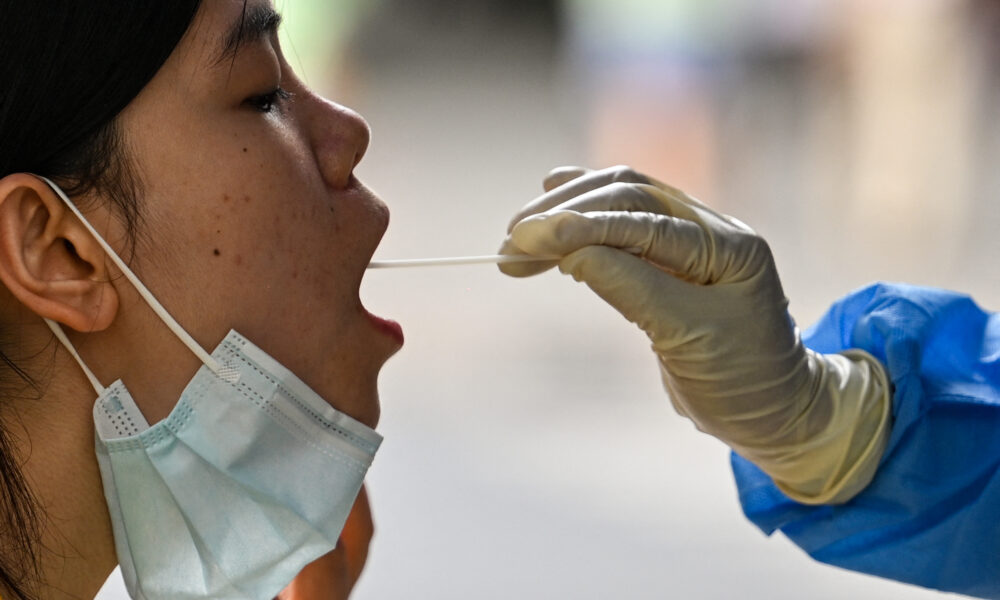International
WHO says Covid still an international emergency
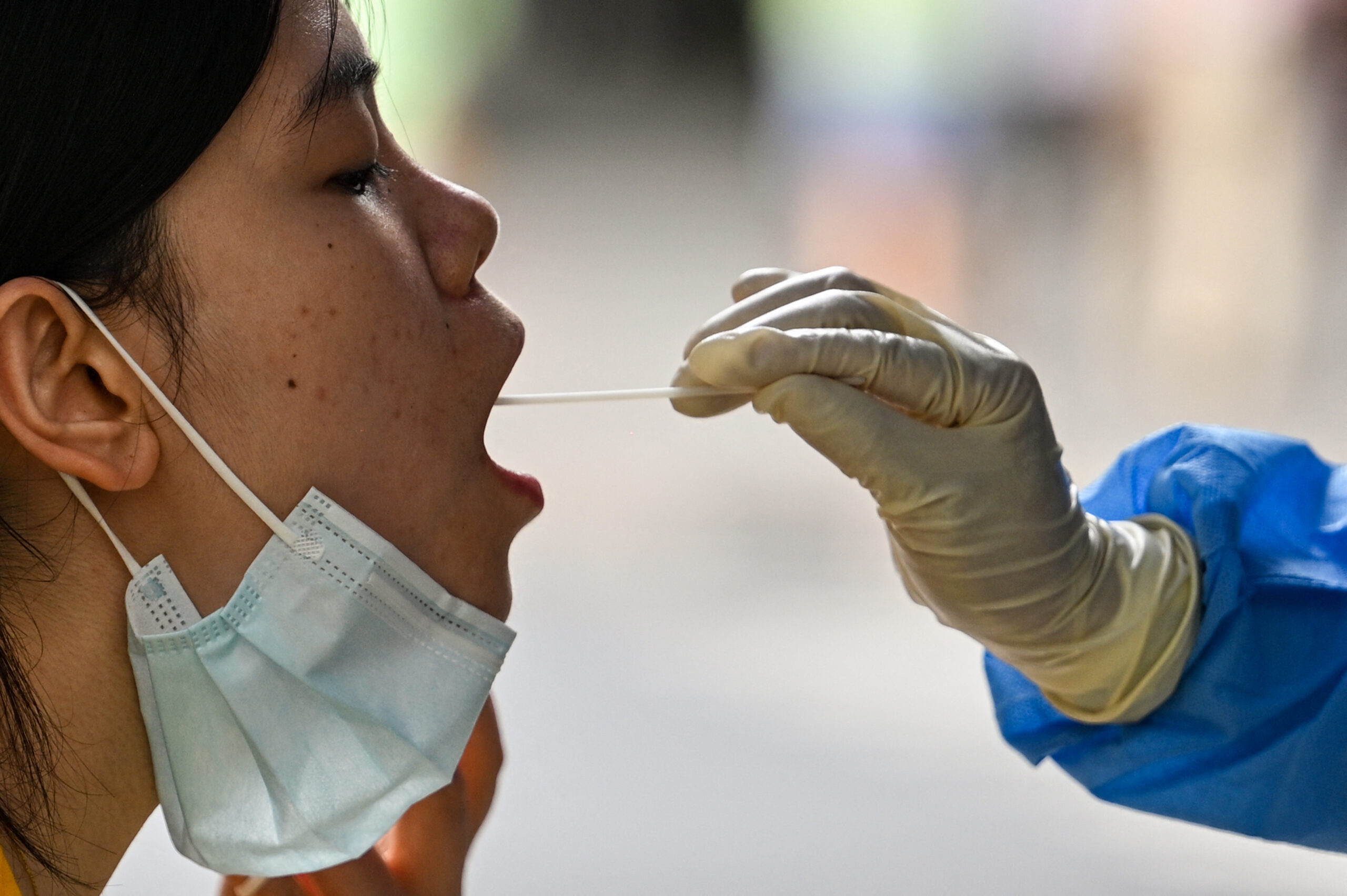
| By AFP | Nina Larson
The World Health Organization said Wednesday it is too early to lift the highest-level alert for the Covid crisis, with the pandemic remaining a global health emergency despite recent progress.
The WHO’s emergency committee on Covid-19 met last week and concluded that the pandemic still constitutes a public health emergency of international concern (PHEIC), a status it declared back in January 2020.
WHO chief Tedros Adhanom Ghebreyesus told reporters Wednesday that he agreed with the committee’s advice.
“The committee emphasised the need to strengthen surveillance and expand access to tests, treatments and vaccines for those most at risk,” he said, speaking from the UN health agency’s headquarters in Geneva.
The WHO first declared the Covid-19 outbreak a PHEIC on January 30, 2020, when, outside of China, fewer than 100 cases and no deaths had been reported.
Though it is the internationally-agreed mechanism for triggering an international response to such outbreaks, it was only in March, when Tedros described the worsening situation as a pandemic, that many countries woke up to the danger.
Since the start of the Covid pandemic, more than 622 million confirmed Covid cases have been reported to WHO and more than 6.5 million deaths, although those numbers are believed to be significant underestimates.
According to WHO’s global dashboard of the situation, 263,000 new cases were reported in the previous 24 hours, while 856 new Covid deaths had been reported in the past week.
Tedros acknowledged Wednesday that “the global situation has obviously improved since the pandemic began,” but he warned that “the virus continues to change and there remain many risks and uncertainties.”
“The pandemic has surprised us before and very well could again,” he warned.
Surveillance has declined
Maria Van Kerkhove, the WHO’s Covid-19 technical lead, agreed, warning that there were still “millions of cases being reported each week, but our surveillance has declined.”
This is making it difficult to get a full overview of the situation and especially of how the virus is mutating.
She stressed that “the more this virus circulates, the more opportunities it has to change.”
The Omicron variant accounts for basically all virus samples that are sequenced, with more than 300 sublineages of that variant recorded.
“All of the subvariants of Omicron are showing increased transmissibility and properties of immune escape,” Van Kerkove said, adding that one new combination of two different subvariants was showing “significant immune evasion.”
“This is a concern for us because we need to ensure that the vaccines that are in use worldwide remain effective at preventing severe disease and death,” she said.
In light of the broad spread of new Omicron subvariants, Van Kerkhove stressed that “countries need to be in a position to conduct surveillance to deal with increases in cases and perhaps deal with increases in hospitalisations.”
“We have to remain vigilant.”
International
El Chapo’s son Joaquín Guzmán López pleads guilty to U.S. drug trafficking charges

Joaquín Guzmán López, one of the sons of notorious Mexican drug lord Joaquín “El Chapo” Guzmán, pleaded guilty on Monday to drug trafficking charges in a U.S. court, months after his brother Ovidio reached a similar plea agreement, according to local media reports.
The defendant appeared before a federal court in Chicago early Monday afternoon and changed his previous plea in the case, the Chicago Tribune reported. U.S. authorities accuse him of forming, together with his three brothers, the cartel faction known as “Los Chapitos.”
The group is believed to have continued the operations of El Chapo, who has been serving a life sentence in the United States since 2019.
Guzmán López, 39, was arrested after landing in Texas in a small aircraft alongside cartel co-founder Ismael “El Mayo” Zambada.
International
Venezuela authorizes return flights as U.S. continues deportations amid rising tensions

The arrival of U.S. aircraft carrying undocumented Venezuelan migrants continued regularly despite rising tensions between Washington and Caracas over President Donald Trump’s military deployment in the Caribbean.
Trump maintains that the deployment is part of an anti-narcotics operation, while Venezuelan President Nicolás Maduro insists the true objective is to remove him from power and seize the nation’s oil resources.
Venezuela’s aviation authority has “received a request from the United States government to resume repatriation flights for Venezuelan migrants from that country to Venezuela,” the Ministry of Transportation said in a statement .
“Under the instructions of President Nicolás Maduro, authorization has been granted for these aircraft to enter our airspace,” it added.
Caracas will permit two Eastern Airlines flights to land on Wednesday and Friday.
Migration remains one of the Trump administration’s flagship issues. On Monday, the U.S. president held a meeting with his National Security Council to discuss the situation in Venezuela, a day after confirming he had spoken with Maduro by phone, without offering further details.
According to the Venezuelan government, roughly 75 deportation flights have been carried out this year, returning at least 13,956 Venezuelans from the United States.
International
20,000 rounds stolen from german army after driver leaves cargo unattended

The German army confirmed the theft of a shipment of ammunition that occurred a week ago while it was being transported by a civilian delivery driver, a military spokesperson told AFP, confirming earlier media reports.
According to Der Spiegel and the regional broadcaster MDR, around 20,000 rounds of ammunition were stolen from an unguarded parking lot near Magdeburg, in eastern Germany, while the driver was asleep in a nearby hotel. No information has been released regarding the identity of the suspects, and the military declined to specify the exact type or amount of ammunition taken.
Authorities have also not indicated how the perpetrators knew the cargo would be left unattended.
“The theft was discovered upon delivery at the barracks,” the German army spokesperson said.
A police spokeswoman confirmed to AFP that an investigation has been opened but refused to provide further details “for tactical reasons.”
Sources close to the German military, cited by Der Spiegel, believe it is unlikely the theft was a coincidence. They suspect the thieves waited for the driver to stop for the night before striking.
Der Spiegel also reported that the Defense Ministry normally requires two drivers for this type of transport to ensure the cargo is constantly monitored. However, in this case only one driver was assigned, meaning the civilian transport company failed to comply with the security protocols.
-

 Central America4 days ago
Central America4 days agoTrump Pardons Former Honduran President Hernández and Warns of Aid Cuts Ahead of Election
-

 Central America2 days ago
Central America2 days agoHonduras Extends Voting by One Hour Amid High Turnout, CNE Announces
-
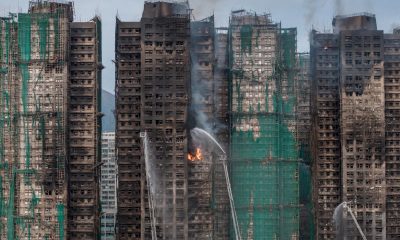
 International2 days ago
International2 days agoHong Kong police arrest 13 over deadly high-rise fire that killed 151
-

 Central America3 days ago
Central America3 days agoHonduras’ China–Taiwan Future Hinges on Sunday’s Presidential Election
-

 International4 days ago
International4 days agoMeta Says Russia Seeks to Ban WhatsApp for Defending Secure Communication
-
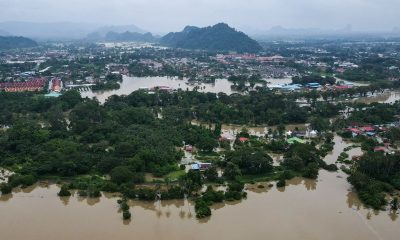
 International2 days ago
International2 days agoSri Lanka and Indonesia deploy military as deadly asian floods kill over 1,000
-

 International2 days ago
International2 days agoTrump says asylum decision freeze will remain in place “for a long time”
-
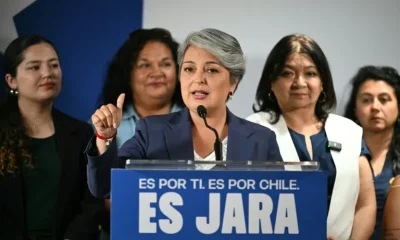
 International2 days ago
International2 days agoChile enters runoff campaign with Kast leading and Jara seeking a last-minute comeback
-

 International17 hours ago
International17 hours ago20,000 rounds stolen from german army after driver leaves cargo unattended
-

 International17 hours ago
International17 hours agoVenezuela authorizes return flights as U.S. continues deportations amid rising tensions
-

 International17 hours ago
International17 hours agoEl Chapo’s son Joaquín Guzmán López pleads guilty to U.S. drug trafficking charges
-
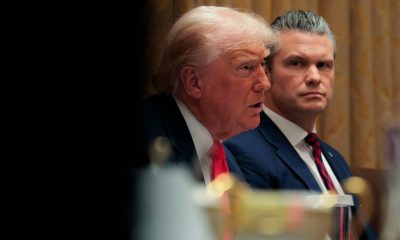
 International17 hours ago
International17 hours agoTrump convenes National Security Council as U.S.–Venezuela tensions intensify















